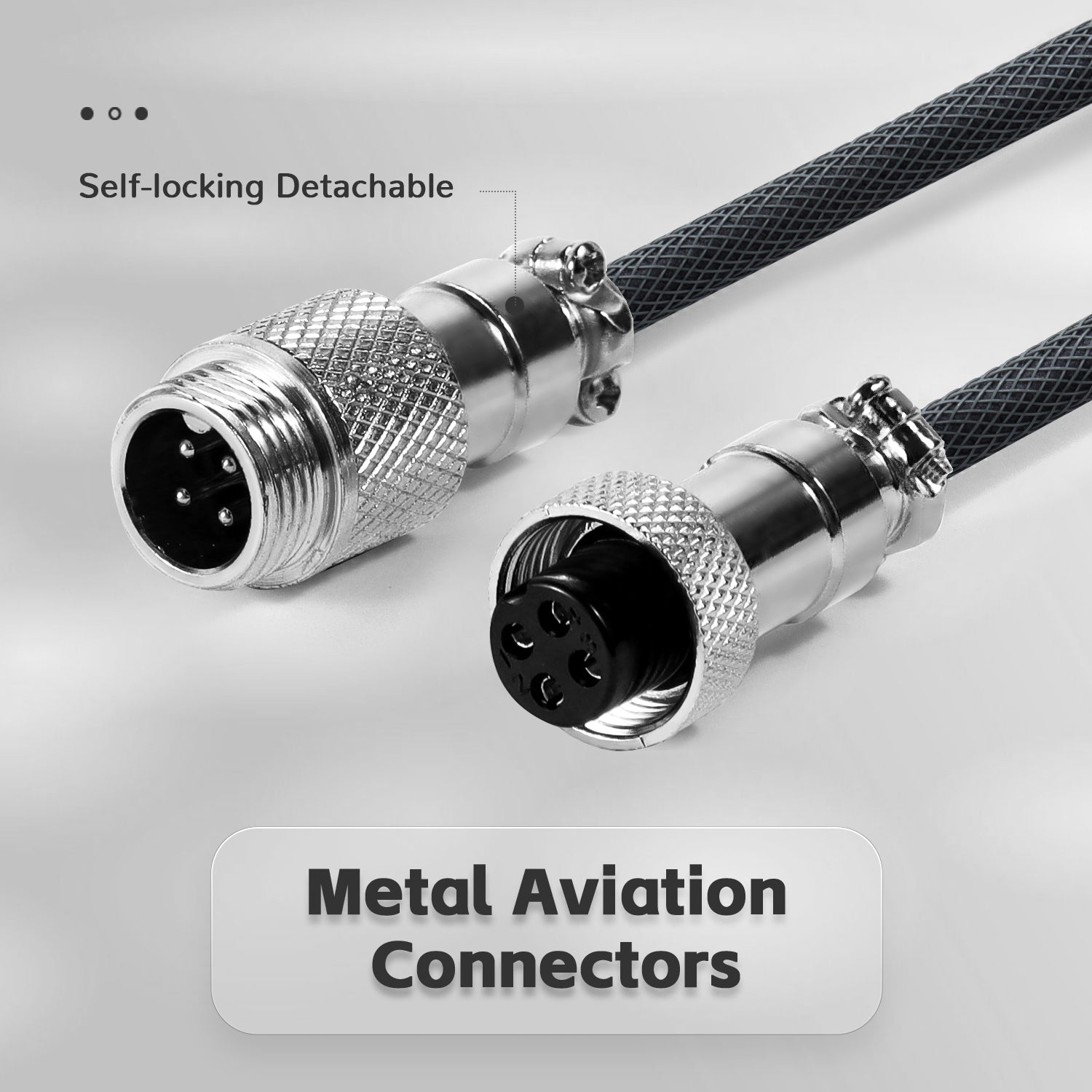Unlock the Secrets of Mechanical Keyboards: Discover What Makes Them Tick!
In recent years, mechanical keyboards have surged in popularity among both gamers and typists. These keyboards are often praised for their tactile feedback, durability, and customizability. But what exactly makes them so appealing? Understanding the components that comprise mechanical keyboards is crucial for enthusiasts and casual users alike. Whether you're looking to enhance your gaming experience, improve your typing efficiency, or simply delve into the world of keyboard customization, knowing the parts can be a game changer. Join me as we explore the fascinating components that make mechanical keyboards tick, and maybe you'll find yourself inspired to dive deeper into this exciting hobby.

Understanding Mechanical Keyboards
Mechanical keyboards are distinct from their membrane counterparts due to their unique switch mechanism. Unlike a membrane keyboard, which relies on a pressure pad system, a mechanical keyboard uses individual mechanical switches for each key. This design not only offers a more satisfying typing experience but also enhances responsiveness and longevity. Many users appreciate the auditory feedback and tactile sensation that a good mechanical switch provides, making it a preferred choice for those who spend long hours typing or gaming. Moreover, mechanical keyboards are highly customizable, allowing users to swap out components and create a setup that feels just right. It's this blend of performance and personalization that makes mechanical keyboards stand out in a crowded marketplace.
Key Components of Mechanical Keyboards
To truly appreciate the allure of mechanical keyboards, one must understand their core components. Each part plays a vital role in the overall performance and experience of the keyboard. From switches to keycaps, and from the PCB to the stabilizers, every element contributes to the keyboard's functionality and feel. Let’s break down these essential components to see what makes mechanical keyboards so unique and desirable.
Switches
The heart of any mechanical keyboard lies in its switches. There are three primary types of switches: tactile, linear, and clicky. Tactile switches provide a noticeable bump when pressed, allowing users to know that their keystroke has registered without needing to bottom out the key. Linear switches, on the other hand, offer a smooth keystroke without any tactile feedback, making them ideal for rapid key presses, which many gamers prefer. Clicky switches are known for their distinct audible click with each keystroke, providing both sound and tactile feedback. Personal experiences from friends reveal that the choice of switch can dramatically affect typing preferences; one friend swears by tactile switches for coding, while another prefers linear for gaming. Ultimately, the type of switch you choose can shape your entire keyboard experience.
Keycaps
Keycaps are the visible part of the keyboard that users interact with directly. They come in various materials, shapes, and profiles, each contributing to the keyboard's overall aesthetics and feel. Common materials for keycaps include ABS and PBT, with PBT being more durable and resistant to wear over time. The shape and profile of keycaps, such as SA, DSA, or Cherry, can also influence typing comfort. Many users enjoy customizing their keycaps to reflect personal style, with vibrant colors and unique designs available. I recall attending a friend's keyboard meetup where everyone showcased their custom keycap sets, which truly highlighted the artistic side of mechanical keyboards.
PCB (Printed Circuit Board)
The PCB serves as the backbone of a mechanical keyboard, connecting the switches to the computer. It translates the actions of the mechanical switches into signals that the computer can understand. A well-designed PCB can improve the keyboard's responsiveness and can offer features like programmable keys and backlighting. Enthusiasts often discuss the merits of different PCB layouts and designs, as they can significantly affect the keyboard's performance and customization options.
Case and Plate
The case and plate of a mechanical keyboard not only house the internal components but also influence the keyboard's durability and sound profile. Cases can be made from materials like plastic, aluminum, or even wood, each providing different aesthetic and structural benefits. The plate, which sits above the PCB and below the keycaps, can be made from metal or plastic and affects how the keyboard feels when typing. A sturdy plate can enhance the overall typing experience by providing a more solid feel, while the material of the case can impact the acoustics of the keyboard, contributing to the satisfying sound of each keystroke.
Stabilizers
Stabilizers are crucial for larger keys, such as the spacebar and enter key, ensuring they don’t wobble when pressed. They help maintain evenness and stability across the keycap, providing a consistent typing experience. There are several types of stabilizers, including clip-in and screw-in varieties, each with its own installation method and feel. A well-tuned stabilizer can make a significant difference in the sound and feel of larger keys, and many enthusiasts go the extra mile to mod their stabilizers for optimal performance.
Exploring the Essential Parts of Mechanical Keyboards
Understanding the different parts of mechanical keyboards is essential for anyone looking to enhance their typing or gaming experience. From the tactile feel of the switches to the aesthetic appeal of custom keycaps, each component plays a crucial role in the overall functionality and enjoyment of the keyboard. By exploring and experimenting with these parts, users can create a setup that not only meets their needs but also reflects their personal style. Whether you're a seasoned typist or a casual gamer, delving into the world of mechanical keyboard parts can unlock a new level of customization and satisfaction. So, take the plunge, and discover what makes your keyboard tick!



